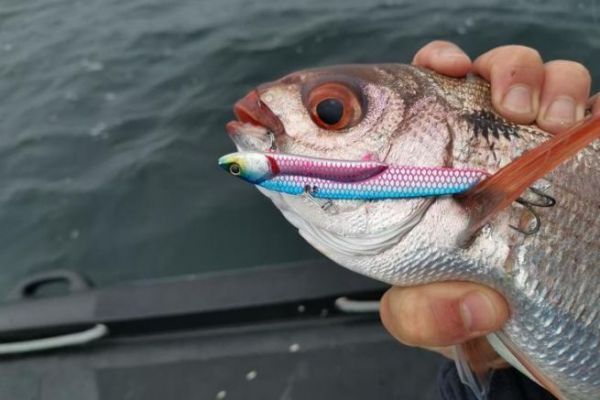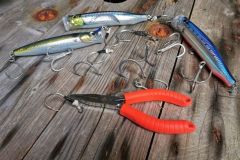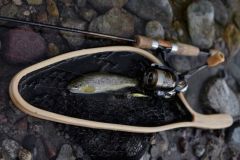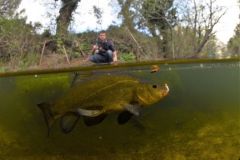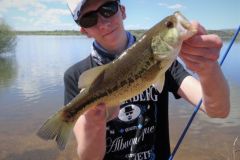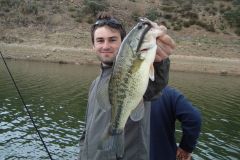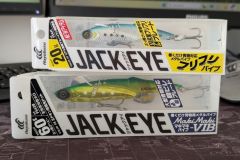Freshwater predator fishing undoubtedly includes many more different lure families than sea fishing. This phenomenon is more cultural than halieutically justified, and most of them are effective in both environments. For example, vibrating blades, widely used by perch anglers, are just as productive at sea on bass, pollack and many other species.
Design
The vibrating blade is a metal lure with a rounded belly and head and a very thin back. Your line attachment is located on the back, and there are usually 2 or 3 different holes which determine the lure's swimming depth and vibratory force. With this particular profile and attachment on the back, blades are lures that send out very strong vibrations, widely perceptible in the rod when retrieved.
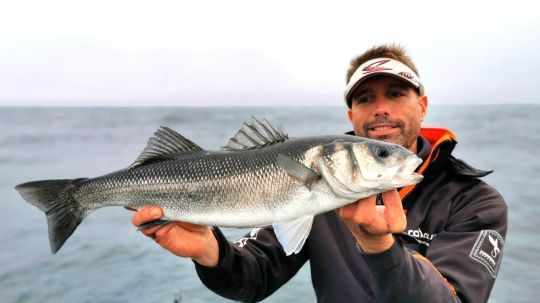
For prospecting and finding active fish
Tuning fork lures are ideal for fast prospecting, sending signals that can be picked up by predators at great distances. So you can fish at any depth, cast far and fast enough to find and solicit active fish.
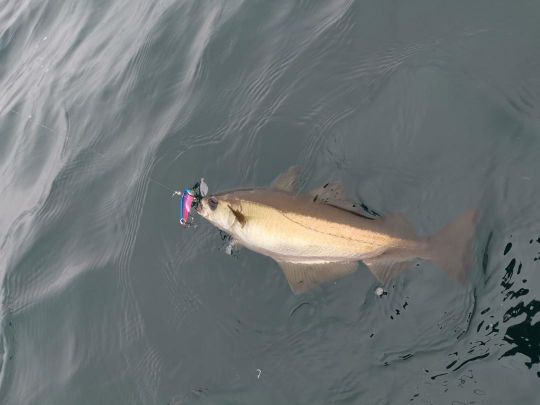
Linear
The first and simplest animation is to cast your blade and let it sink to the bottom or to the desired depth. Then simply reel the lure back in line. You'll be able to feel the minimum speed that makes your lure vibrate, and you'll be able to produce very sustained animations.
In traction
The second animation that works very well with vibrating blades is pull-fishing. In the same way as before, after casting, you let your lure sink to the bottom and then make a big, fast pull with your rod from the low to the vertical position. Then, with the rod under slight tension, let the lure sink back to the bottom. Be particularly concentrated, as the vast majority of bites occur during this phase.
This animation is also possible between two waters.
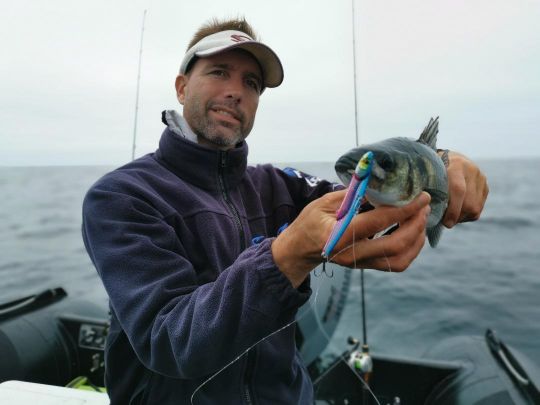
All depths
The great advantage of vibrating blades, beyond the fact that they allow you to fish very fast, is that, like soft lures and jigs, they can cover all water depths by producing vibrations similar to the most provocative hard lures.
An interesting alternative when you need to fish "aggressively" and fast at depth.

 /
/ 